Our world is filled with bizarre, spectacular, and wondrous places. For explorers like Nolan Fischer, these discoveries make life truly exciting. When Nolan, known as @thepovchannel on YouTube, spotted some strange structures on Google Earth, his curiosity was piqued, leading him to embark on an adventurous journey to uncover them. He captured his expedition on camera and shared it in two parts on YouTube, captioned, “I discovered something on Google Earth that no one has seen before.”
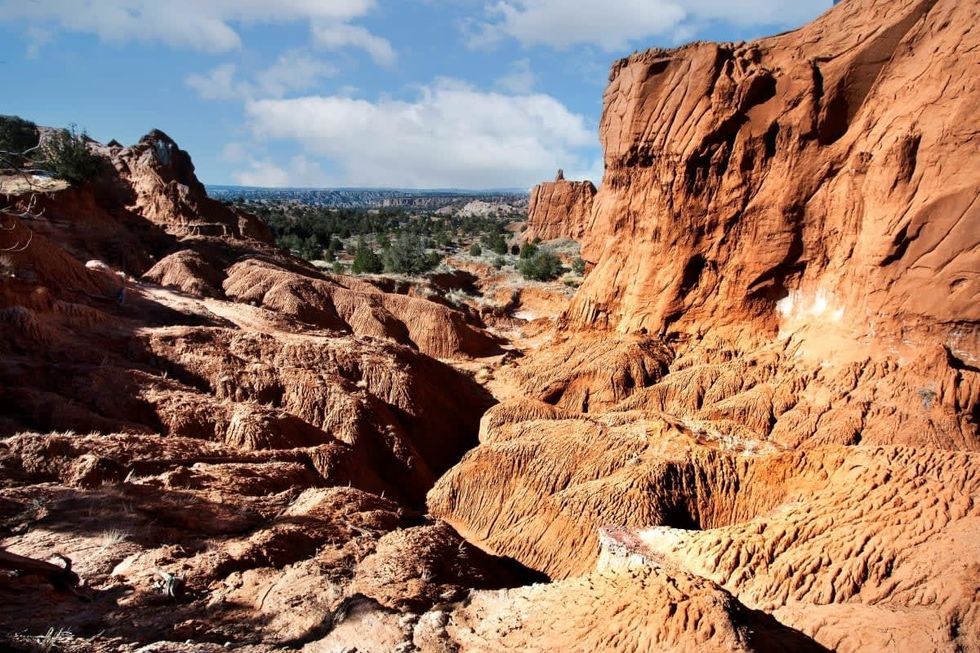
“This geologic structure is one of the most bizarre I have ever found on Google Earth,” he said in the video, adding that he knew it was “hiding something.” The only way to get to the place, he said, was through “several miles of intricate and treacherous petrifying sand dunes.” So, he went on the venture with his companion, a cute black dog. The video displayed him walking, with a backpack strapped around his shoulders, through a creepy sunlit field that seemed to be empty except for him and his dog prowling there for clues. “This structure looks like a giant fortress with holes and there might even be some steps on it,” Nolan said.
The footage showed his shadows looming across a landscape of golden-hued sandstone structures. “There’s a massive amount of huge, petrifying sand dunes,” he said, trying to catch his breath. As his shoes made crunchy sounds on the ground, the camera displayed an eerie vista of leafless trees and sandstone patterns. Staying high above the dunes, he was able to avoid steep canyon slopes. The tops of the massive sandstone blocks looked like tons of choco-chip cookies heaped over one another in a disorderly manner.
As he stepped further, moving through the sun-baked rocky structures, he came across a variety of interesting formations that included a “tough little rock,” “a cave-like cocoon,” and a cool “S” shape engraved with lines on a portion of the sandy ground. The lines spread throughout the trail, snaking and zigzagging on the dusty floor.
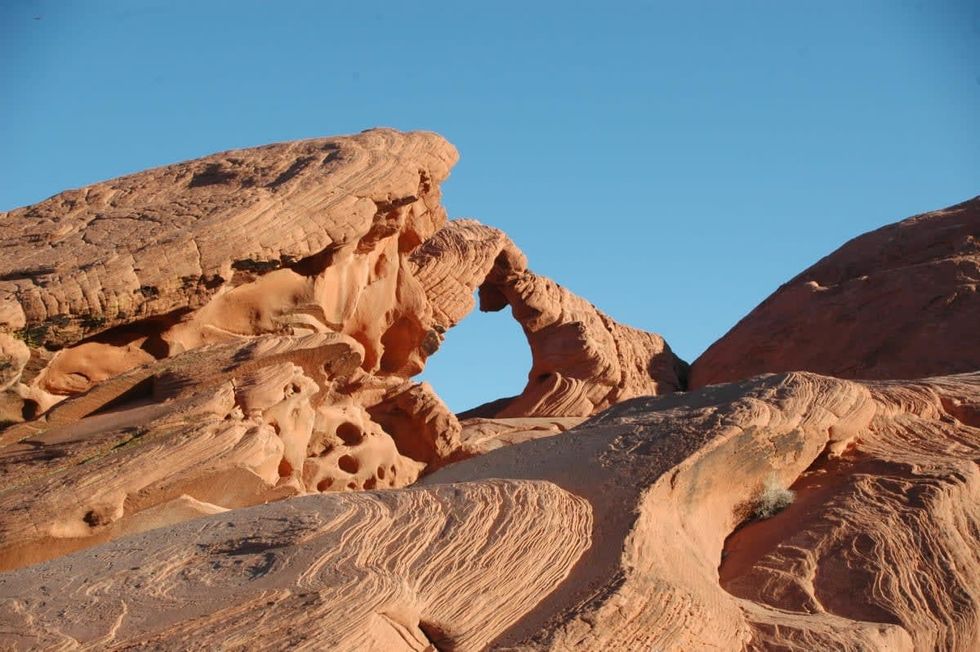
He said he had thought that the structure on Google Earth was the size of a big house but in real life, it looked like “a huge massive chunk of sandstone sticking up out of the earth.” The YouTuber was amazed. He said he was relieved that he didn’t have to backtrack. Making his way up and into the structure, he walked through a giant arched corridor that led to a stunning hollow. The footage displayed an open plateau-like cavity curved like a big empty stone bowl that was getting filled up with sunlight.
Surrounding the bowl, the walls were sculpted with elliptical holes that appeared like portals to some underworld or apertures into the life of prehistoric humans. "Wow. This is the first place we checked out and I am kind of blown away right now. This is getting me really excited about what might be around the corner," Nolan exclaimed.
Then, Nolan pointed to something etched into the ground, saying, “Wow look at that!” He brushed his hand over something he believed to be a dinosaur footprint. “Seems like this is a typical three-claw mark indentation,” he described. The print was surrounded by creases that spread throughout the curvy ground.
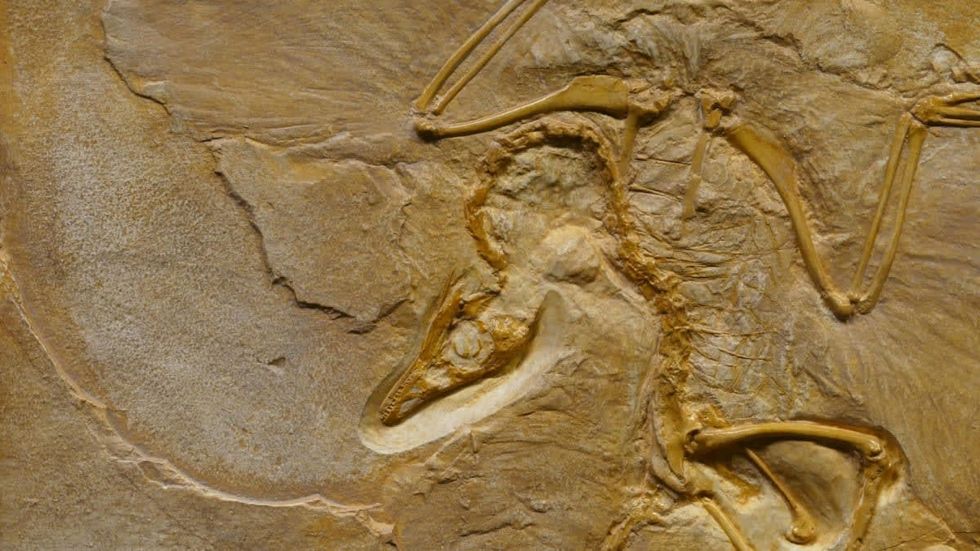
Nolan checked the location on Google Earth, and concluded, “So this is it! This is like a little bay in this structure but it’s going to be hard to get above this.” Despite the difficulty, he started hiking upwards and found himself arriving at a spot where there was a gigantic pothole. Walking further, he discovered some noteworthy honeycomb structures. He said the chambers in the honeycomb almost looked like native American rooms, but he wasn’t sure. “This whole place is a big, big labyrinth,” he proclaimed, wrapping up the segment.

Nolan received millions of views and likes on his videos in just a few months of uploading them. People were as amazed by his discovery as he was. “Is it possible you are the first human in thousands of years to see and walk through that arch/tunnel?” @solotraveler3 wondered.


@garymucher4082 praised him for his challenging journey, “Obviously the vast overwhelming majority of people will never venture to such places. That is why I applaud you for taking us along to see sights we would otherwise never see. Thank you and your dog. Thumbs Up!”
You can follow Nolan Fischer on YouTube and Instagram to catch up on more of his adventures.





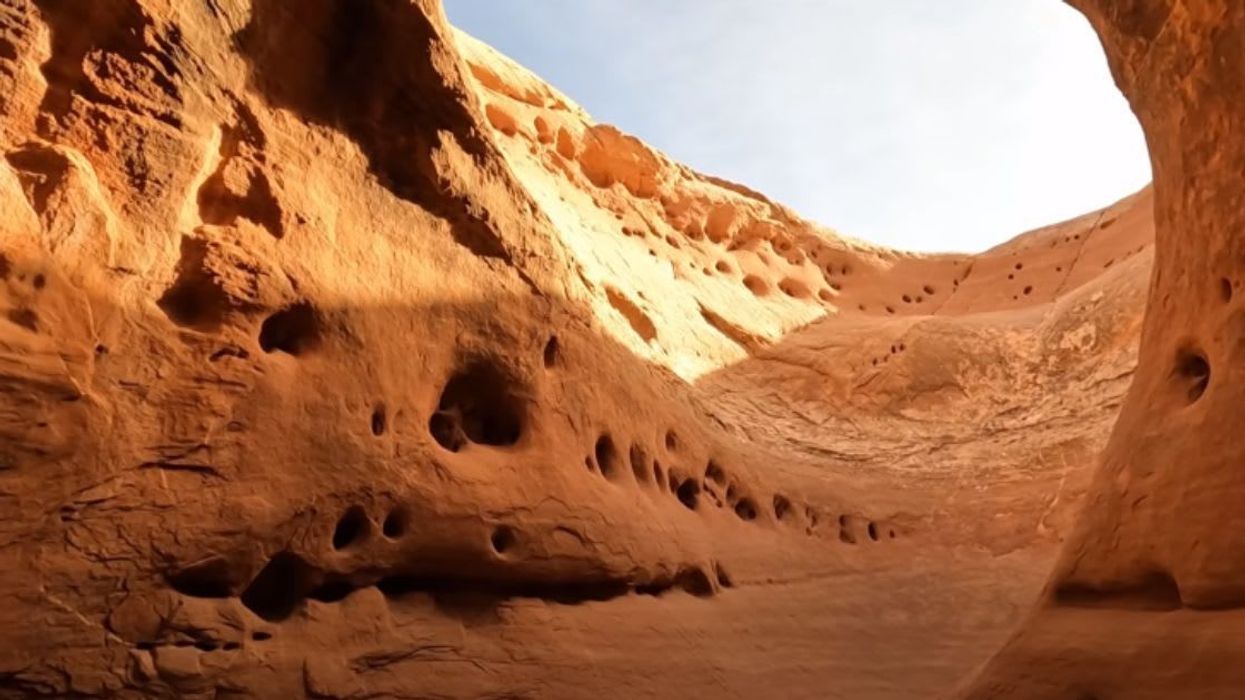


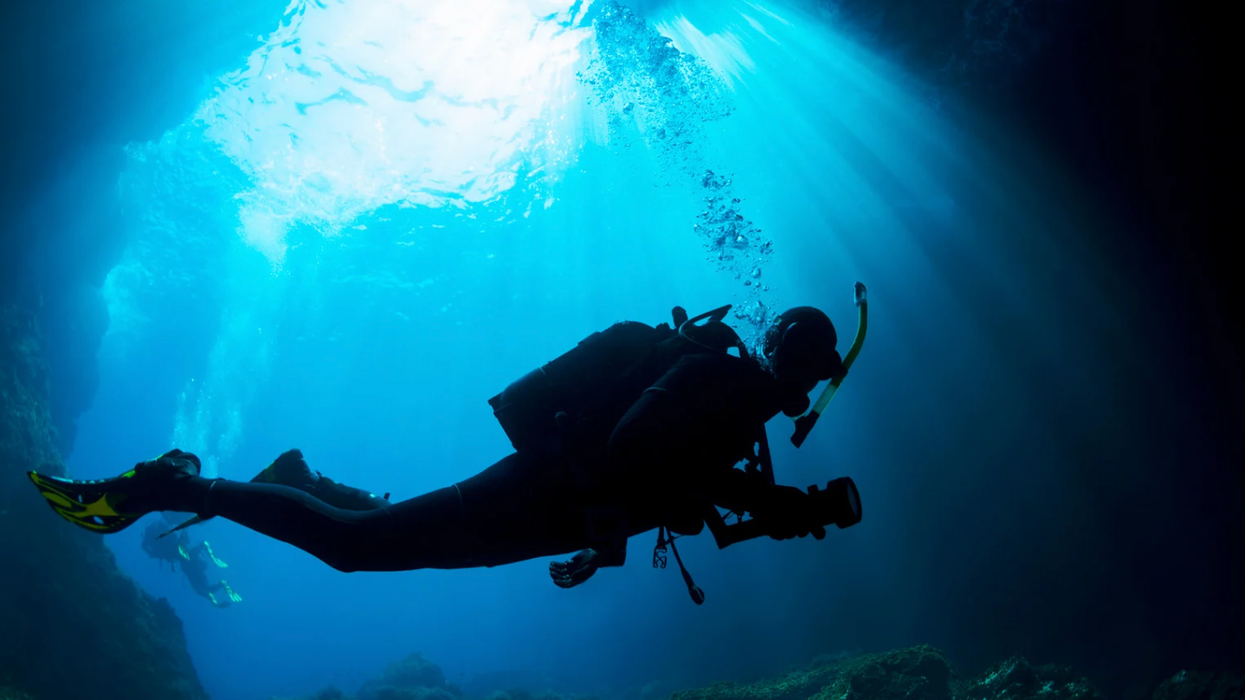
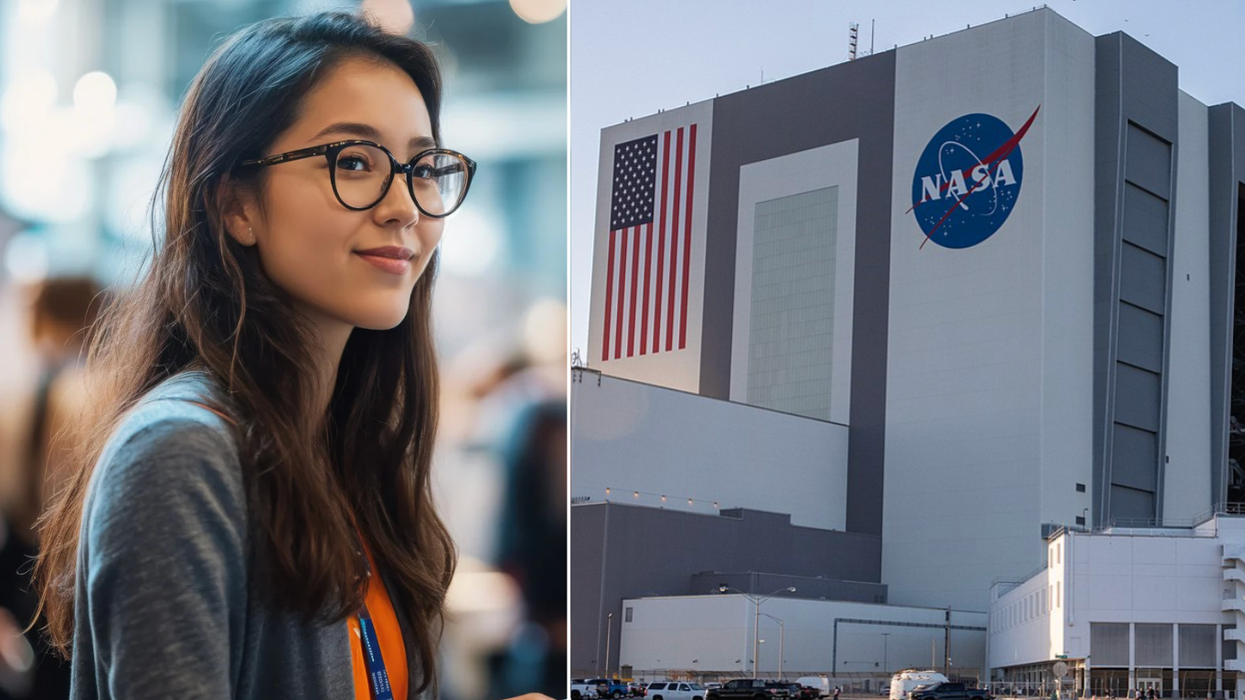








 Representative Image: Accents reveal heritage and history.
Representative Image: Accents reveal heritage and history.  Representative Image: Even unseen you can learn a lot from an accent.
Representative Image: Even unseen you can learn a lot from an accent. 
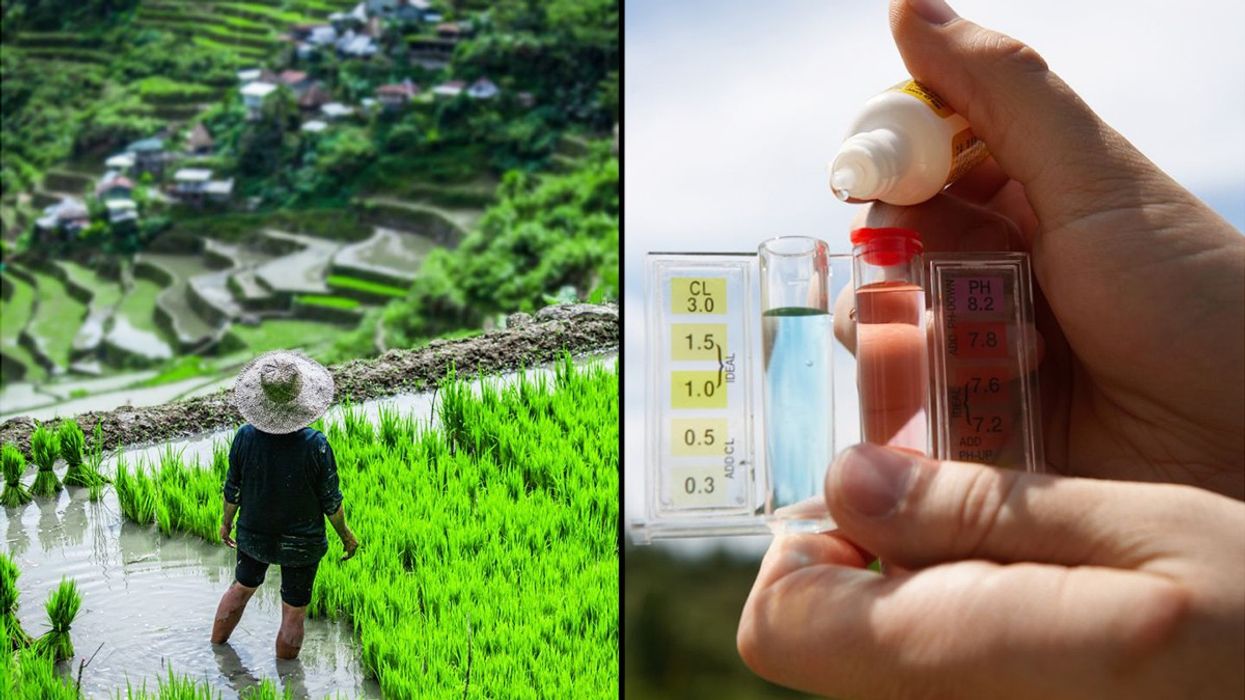
 Rice grain and white rice.Image via
Rice grain and white rice.Image via  Person eats rice.Image via
Person eats rice.Image via  Washing and rinsing rice.
Washing and rinsing rice.  Mother and daughter eating rice meal.Image via
Mother and daughter eating rice meal.Image via 

 Bees feeding on food source.Image via
Bees feeding on food source.Image via 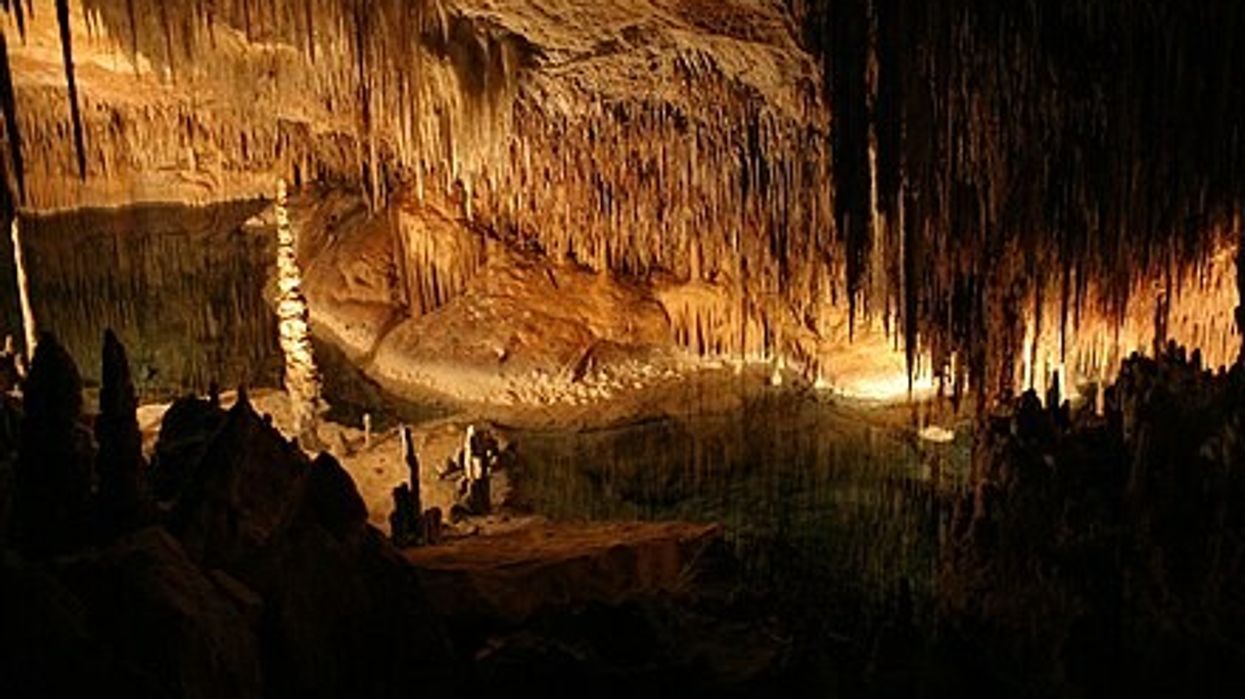
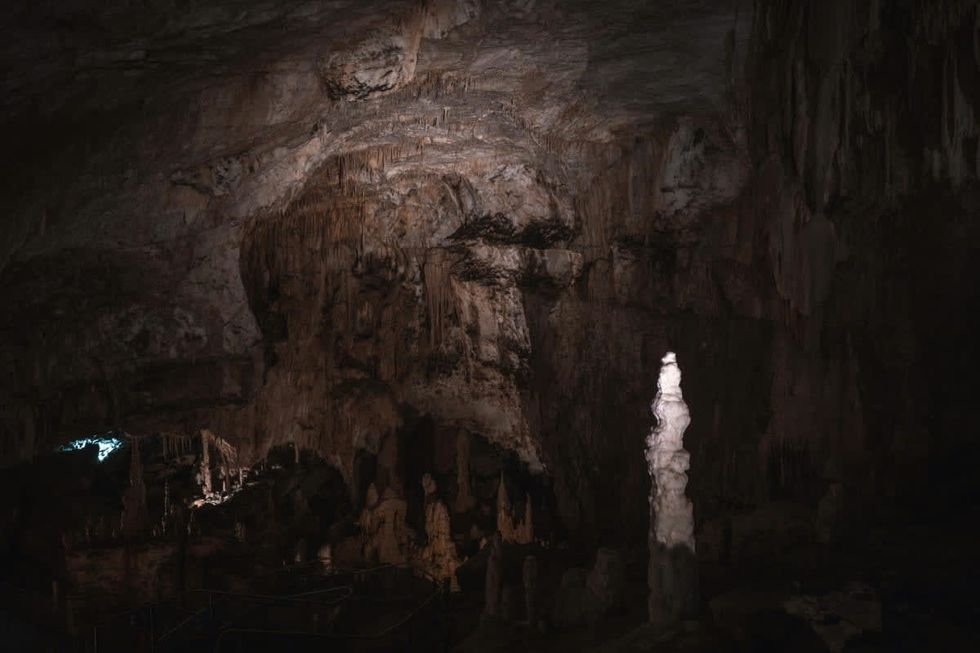 In the depths...Pexels | francesco ungaro
In the depths...Pexels | francesco ungaro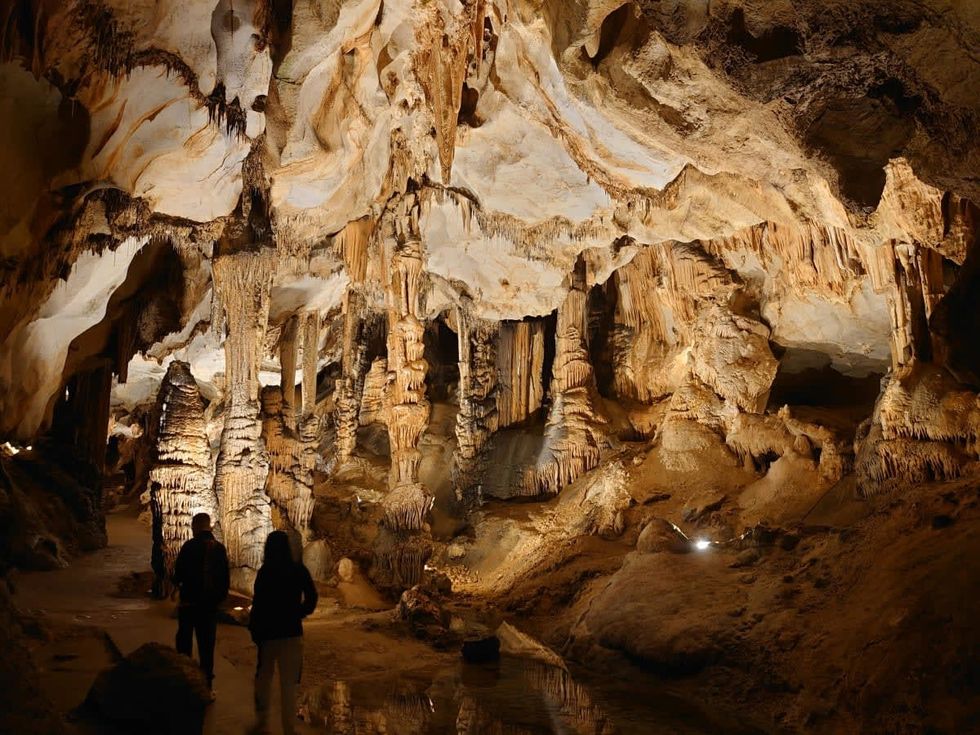 Hope the lights stay on. Pexels | parfait fongang
Hope the lights stay on. Pexels | parfait fongang "That was beyond crazy..." YouTube |
"That was beyond crazy..." YouTube |  "This is the stuff of my nightmares..."YouTube |
"This is the stuff of my nightmares..."YouTube |  "Totally blown away..." YouTube |
"Totally blown away..." YouTube | 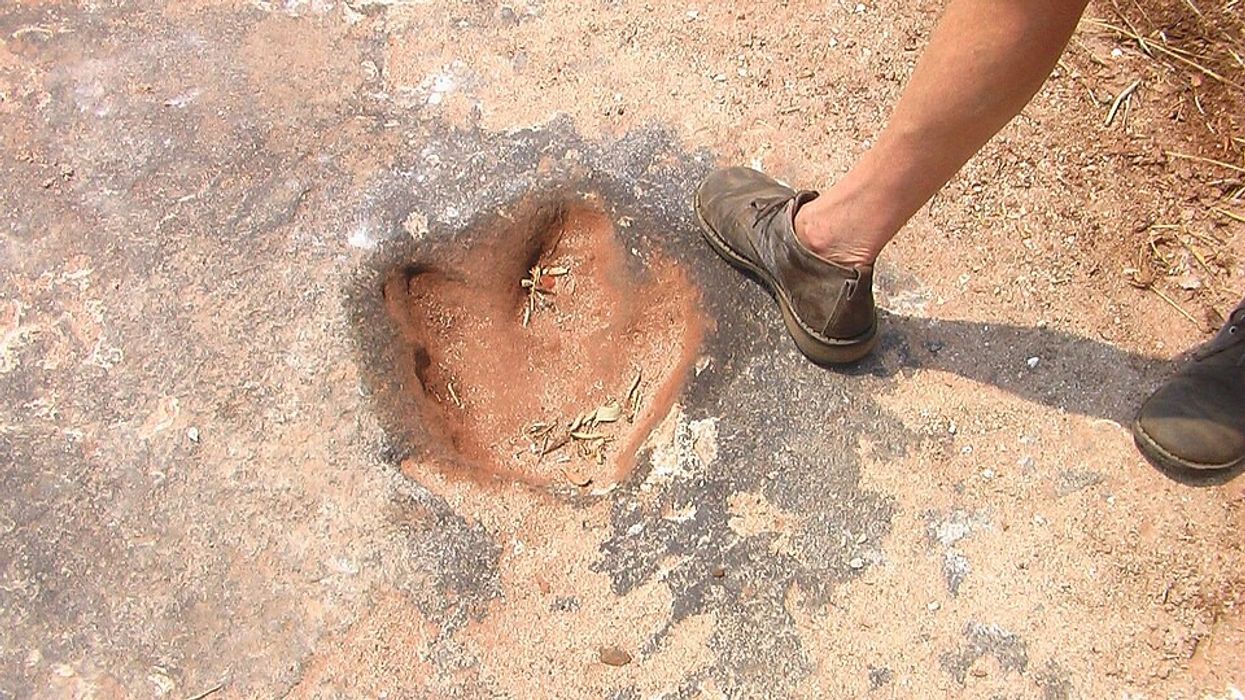
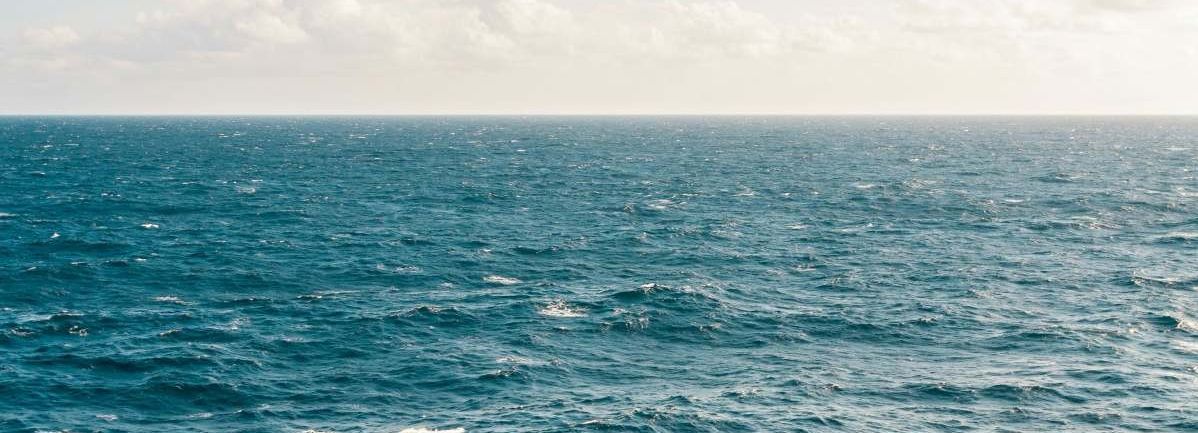 A representative Image of The Atlantic Ocean. Source: Pexels | Kellie Churchman
A representative Image of The Atlantic Ocean. Source: Pexels | Kellie Churchman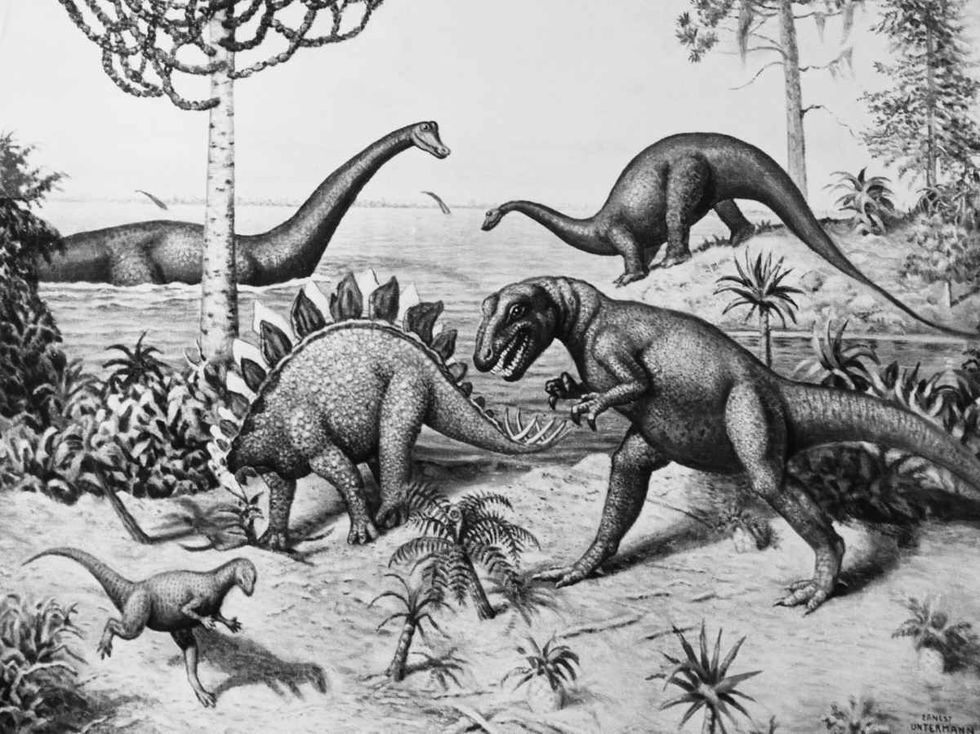 Representative Image Source: Painting from a series by Ernest Untermann in the museum at Dinosaur National Monument, Utah.
Representative Image Source: Painting from a series by Ernest Untermann in the museum at Dinosaur National Monument, Utah.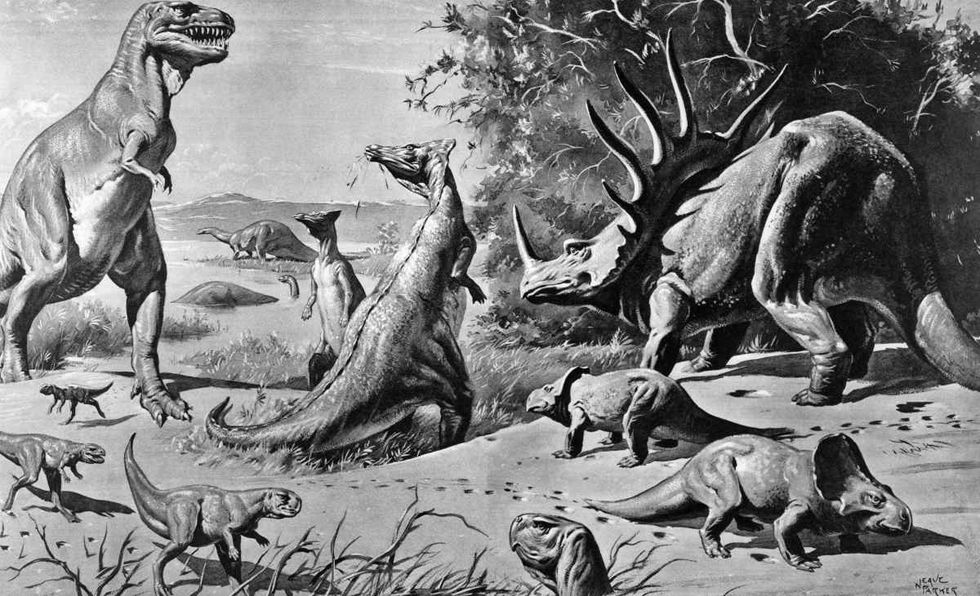 Representative Image Source: VARIOUS DINOSAURS IN GOBI DESERT. Photo by H. Armstrong Roberts/ClassicStock/Getty Images
Representative Image Source: VARIOUS DINOSAURS IN GOBI DESERT. Photo by H. Armstrong Roberts/ClassicStock/Getty Images
President Donald J. Trump and photo of a forest.
Public united and adamantly opposes Trump’s plan to roll back the Roadless Rule
There doesn't seem to be much agreement happening in the U.S. right now. Differing moral belief systems, economic disparity, and political divide have made a country with so many positives sometimes feel a little lost. Everyone desperately seeks a niche, a connection, or a strong sense of community to which they can feel a "part of," rather than just "apart."
But there seems to be one thing that the country strongly unites over, and that's the "Roadless Rule." With the Trump Administration attempting to roll back conservation policies that protect U.S. National Forests, Americans are saying in harmony an emphatic "No." A nonpartisan conservation and advocacy organization, the Center for Western Priorities, reviewed a comment analysis on the subject. After receiving 223,862 submissions, a staggering 99 percent are opposed to the president's plan of repeal.
What is the 'Roadless Rule' policy implemented in 2001?
The Roadless Rule has a direct impact on nearly 60 million acres of national forests and grasslands. According to the U.S. Department of Agriculture, the rule prohibits road construction and timber harvests. Enacted in 2001, it is a conservation rule that protects some of the least developed portions of our forests. It's considered to be one of the most important conservation wins in U.S. history.
America's national forests and grasslands are diverse ecosystems, timeless landscapes, and living treasures. They sustain the country with clean water and the wood products necessary to build our communities. The National Parks protected under their umbrella offer incredible recreational retreats and outdoor adventure.
Why does the administration want to roll it back?
U.S. Secretary of Agriculture Brooke L. Rollins told the Department of Agriculture in a 2025 press release, “We are one step closer to common sense management of our national forest lands. Today marks a critical step forward in President Trump’s commitment to restoring local decision-making to federal land managers to empower them to do what’s necessary to protect America’s forests and communities from devastating destruction from fires." Rollins continued, “This administration is dedicated to removing burdensome, outdated, one-size-fits-all regulations that not only put people and livelihoods at risk but also stifle economic growth in rural America. It is vital that we properly manage our federal lands to create healthy, resilient, and productive forests for generations to come. We look forward to hearing directly from the people and communities we serve as we work together to implement productive and commonsense policy for forest land management.”
Forest Service Chief Tom Schultz explained the Roadless Rule frustrated land management and acts as a challenging barrier to action. It prohibits road construction needed to navigate wildfire suppression and properly maintain the forest. Schultz said, “The forests we know today are not the same as the forests of 2001. They are dangerously overstocked and increasingly threatened by drought, mortality, insect-borne disease, and wildfire. It’s time to return land management decisions where they belong – with local Forest Service experts who best understand their forests and communities."
Why are people adamantly opposed to the proposed rollback?
A 2025 article in Earthjustice, a nonprofit environmental law organization, expressed its concern over the protection of national forests covering 36 states and Puerto Rico. A rescinded rule allows increased logging, extractive development, and oil and gas drilling in previously undisturbed backcountry. Here is what some community leaders had to say about it:
President Gloria Burns, Ketchikan Indian Community, said, "You cannot separate us from the land. We depend on Congress to update the outdated and predatory, antiquated laws that allow other countries and outside sources to extract our resource wealth. This is an attack on Tribes and our people who depend on the land to eat. The federal government must act and provide us the safeguards we need or leave our home roadless. We are not willing to risk the destruction of our homelands when no effort has been made to ensure our future is the one our ancestors envisioned for us. Without our lungs (the Tongass) we cannot breathe life into our future generations.”
Linda Behnken, executive director of the Alaska Longline Fishermen’s Association, stated, "Roadbuilding damaged salmon streams in the past — with 240 miles of salmon habitat still blocked by failed road culverts. The Roadless Rule protects our fishing economy and more than 10,000 jobs provided by commercial fishing in Southeast Alaska.”
The Sierra Club's Forest Campaign Manager Alex Craven seemed quite upset, saying, "The Forest Service followed sound science, economic common sense, and overwhelming public support when they adopted such an important and visionary policy more than 20 years ago. Donald Trump is making it crystal clear he is willing to pollute our clean air and drinking water, destroy prized habitat for species, and even increase the risk of devastating wildfires, if it means padding the bottom lines of timber and mining companies.”
The 2025 recession proposal would apply to nearly 45 million acres of the national forests. With so many people writing in opposition to the consensus, the public has determined they don't want it to happen.
Tongass National Forest is at the center of the Trump administration's intention to roll back the 2001 Roadless Rule. You can watch an Alaska Nature Documentary about the wild salmon of Tongass National Forrest here:
- YouTube www.youtube.com
The simple truth is we elect our public officials to make decisions. The hope is they do this for all of our well-being, although often it seems they do not. Even though we don't have much power to control what government officials do, voicing our opinions strongly enough often forces them to alter their present course of action. With a unanimous public voice saying, "No!" maybe this time they will course correct as the public wishes.